The Veloce factory built motorcycles from 1905, but their first models of inlet-over-exhaust engine construction were typical for the day, and produced in very small numbers. In 1913 they designed a 220cc two-stroke single of rare quality, called the Velocette, which the factory developed continuously through 1946! Veloce leaped to the forefront of motorcycle technology in 1925, introducing an overhead-camshaft (OHC) single-cylinder Model K, a 35occ machine of peerless handling and excellent performance. A factory-tuned Model K racer won the 1926 Isle of Man TT, which created huge demand for the roadster model. In 1928 another racing K took the one-hour speed record over the ‘ton’ at the Montlhéry Autodrome, with a 100.3mph average speed; this effort would be multiplied by 24 in 1960, when their pushrod Venom 500cc model took the ‘ton for a day’, also at Montlhéry.[Words: Dennis Quinlan and Paul d’Orléans]
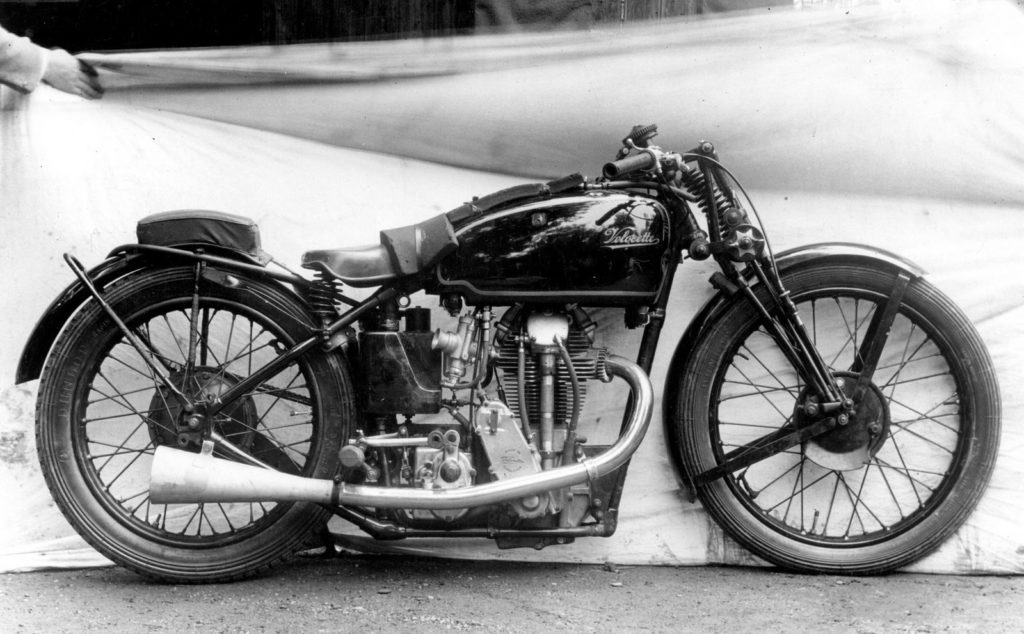
Veloce made a series of TT Replicas between 1928 to 1951, production racers that were copies of their successful factory machines that were busy winning TTs and GPs around the world – the Velocette KTT models. The first KTT of 1928 was a close copy of Alec Bennett’s 1927 Junior TT machine, and subsequent iterations of the model had a series of “marks” to designate major changes, although during the first 5 years of production they were all simply ‘KTT’ in factory literature and advertising. The first catalogued change to the line appeared in 1932, with the ‘Mk4’ KTT for 1933/4 seasons; thus the earlier machines were retroactively ‘Marked’ 1 thru 3. The KTT had major changes on each model from 1934 onward; the Mk5 (1935) had a new frame and bronze cylinder head, the Mk7 (1937) had a completely new all-alloy engine and new frame, and the final version, the Mk8 (1938-51) had the Velocette invention of a swing-arm rear end with two suspension units – a setup recognizable to any motorcyclist today.
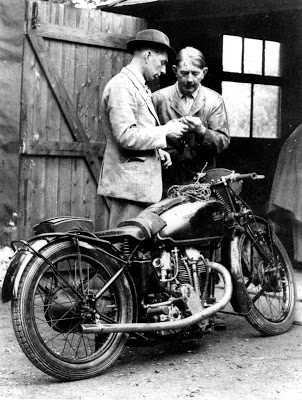
But there’s a ‘missing’ KTT – the Mk6, which was never advertised and never appeared in the factory literature. Did Veloce simply skipped over the number 6? Like the Loch Ness Monster, rumors have swirled since 1936 regarding the existence of a Mk6 KTT. Contradictory reports from published sources haven’t clarified the historical record, an readers of the Velocette ‘canon’ are forgiven their confusion. For example, ‘Always in the Picture’ – the original Velocette ‘biography’ (Burgess and Clew), ‘An Illustrated Profile of Models 1905-71’ (Dave Masters), “The Velocette Saga” (Titch Allen), and Jeff Clew’s ‘Classic Motorcycles’ ALL repeat the line ‘there was only one Mk.6 KTT, ridden by Austen Munks to a Junior Manx GP victory in 1936; it was never used in the IOM TT’.
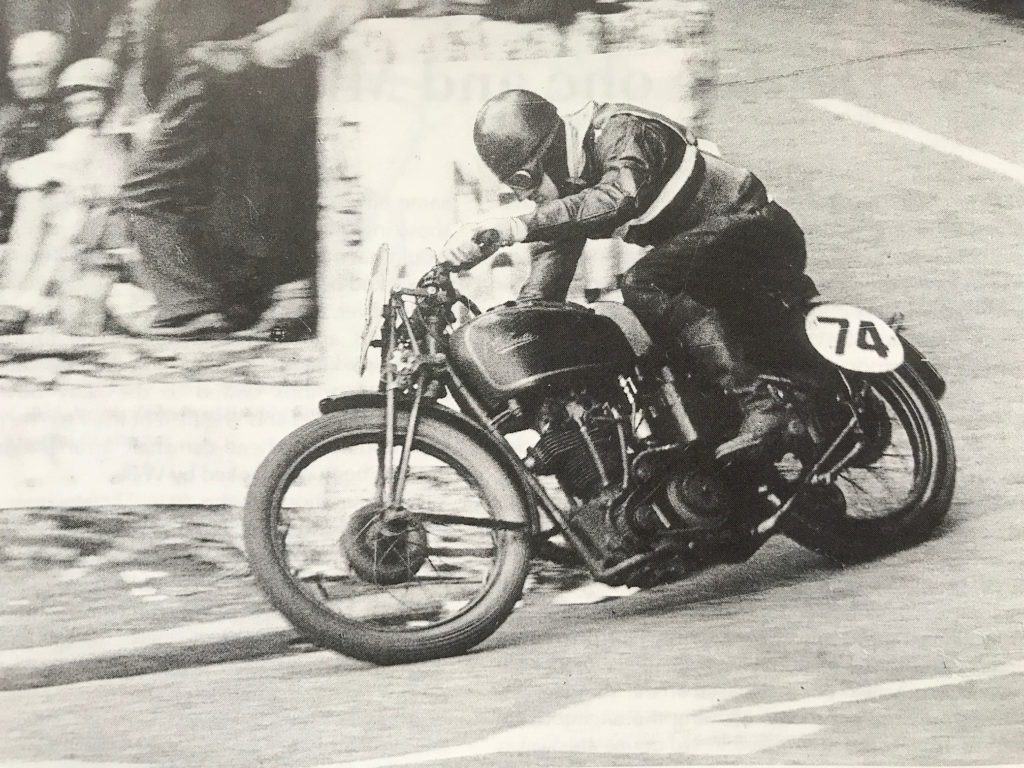
All of the individuals involved with the 1930s Veloce race team are now dead, but with photographic research, race entries, and clues from the Works records, we can ferret out the story of this elusive beast. And from all this, we can conclude that there was not one but three Mk.6 KTTs, all ridden in the 1936 Isle of Man Junior TT. It’s reasonable to assume these were the prototype for the Mk.6 KTT model, as production of the Mk.5 KTT finished in October 1935 with engine number KTT620. The factory records show a gap of 17 months before the first Mk.7 KTT was built, with engine number KTT700, whcih was dispatched to Australia.
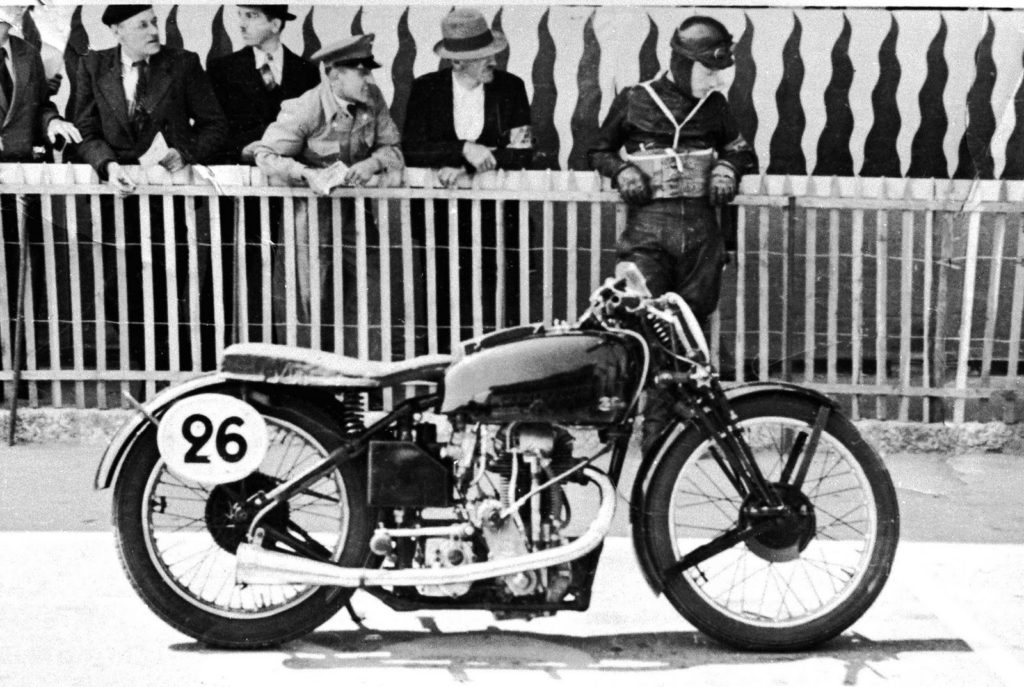
The search for the Mk6 began with a physical description, as from a crime scene; the Mk.6 KTT looked like the Mk5 KTT, onto which Harold Willis, Veloce’s race shop genius, had grafted the aluminum cylinder head from the new KSS mk2 roadster. Harold Willis was a masterful nick-namer (having invented the term ‘knocker’ and ‘double knocker’ for overhead camshafts, and dozens of others names still in use), and dubbed his aluminum-head creation “The Little Rough’un”. Another useful snippet of information appears in Les Higgins’ delightful book ‘Private Owner’, about his years racing Velocettes. Describing his racing in 1936, Higgins says (p.41): “another machine was difficult to come by, because Veloce Ltd. had temporarily ceased manufacture of the KTT model. The last machine made in any quantity were the Mk.5 models. A few Mk.6 machines went out to approved customers and the concern was now busy evolving something new to provide an answer to the International Norton”.
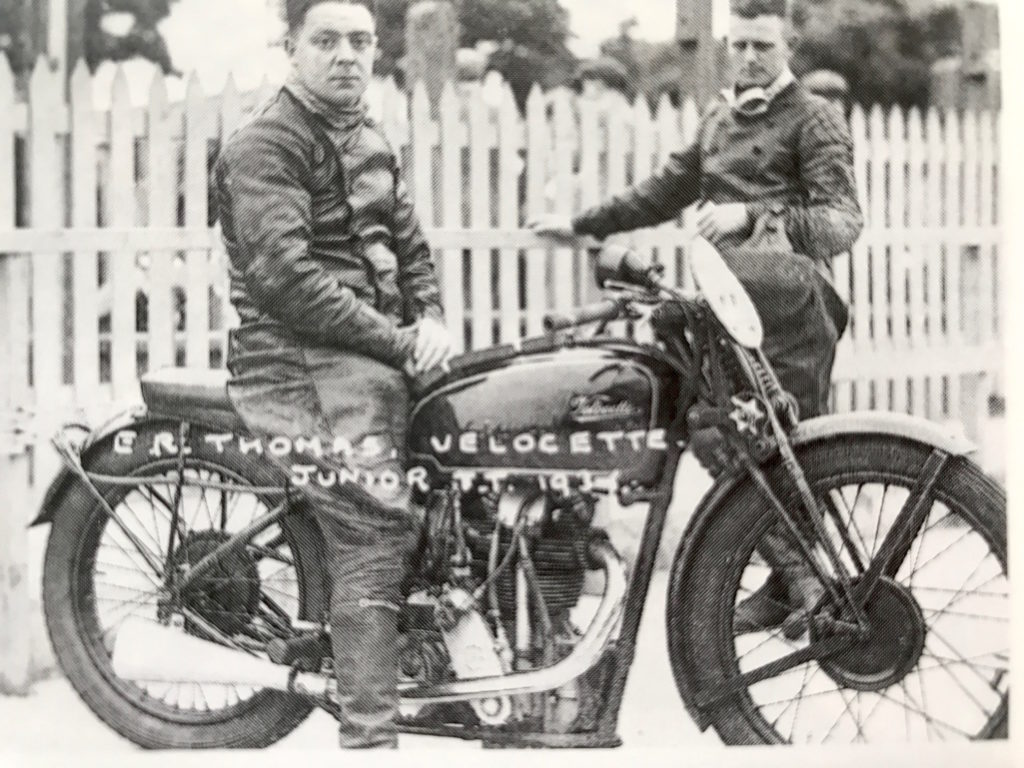
The ‘approved customers’ of the three Mk.6 KTTs at the Isle of Man in 1936 were H.E. Newman, Billy Tiffen and Roger Loyer. Photos from 1937 show Ernie Thomas, Les Archer and his son, and one unidentified rider, all circa June 1937; because of the date these are likely from the ’37 IoM TT races. An extract (below) from the Velocette factory KTT records gives the following notations: June 1936: Veloce for H.E. Newman for TT – engine #KTT621, frame 6TT3. June 1936: Veloce for W.T.Tiffen Jnr for TT – engine #KTT622, frame 6TT4. June 1936: Veloce for Loyer for TT – engine #KTT623, frame 6TT5.
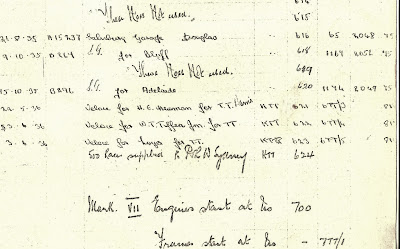
The reference “Veloce for TT” is used in the factory records to indicate a special Works-prepared racer, tuned in the factory race shop for designated riders, as opposed to the standard KTTs offered to the general public. Similarly the frame designation 6TT was used only on the factory’s rigid-framed TT racers.
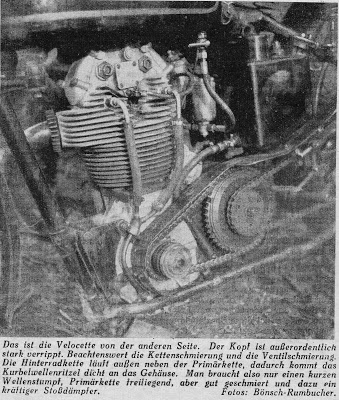
Interestingly, in Das Motorrad of April 18, 1936, two photos of Ted Mellors’ Mk6 KTT are included. The engine number is obscured, but the publication date of the magazine pre-dates the mk6 factory notations above. Mellors was occasionally engaged by Veloce to race their motorcycles, and the machine in these photos certainly looks like a factory racer, as the bevel box drain is not the same as a KSS Mk2. The mystery deepens…
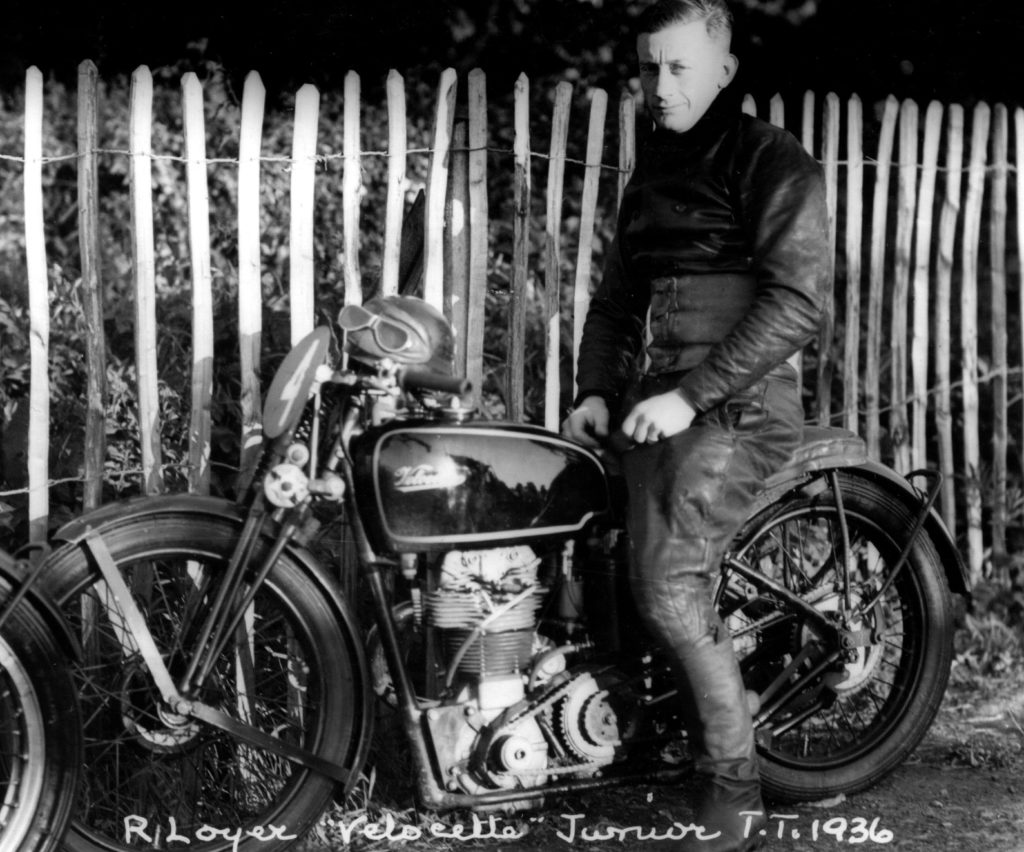
Could this have been the first testbed of the new cylinder head? The weekly motorcycle paper “MotorCycling” of June 17, 1936, in the “Straight from the Island” article, included this interesting snippet, previously overlooked by historians: “One or two of the lads who are riding Velocettes, notably H.E Newman, will be mounted on advance KTT jobs for 1937. These are standard products, but they can motor very rapidly”.
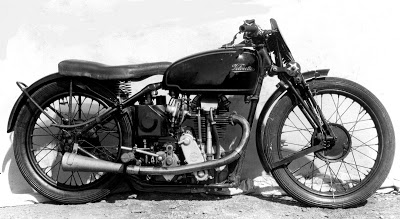
How did they fare in the TT itself? Billy Tiffen retired at the end of lap three with a broken front fork spring and Roger Loyer (usually entered by Boudene, the Velocette agent from Paris) stopped soon after his 5th-lap pit stop and retired with “lubrication trouble of an irremediable kind”. That left Newman, who came in 10th, the third Velocette to finish, with Ted Mellors in 3rd place and Ernie Thomas in 4th place, both mounted on very special factory DOHC 350s; definitely not ‘production prototypes’! Newman’s lap times were not spectacular, but were consistent, at around the 30 minute mark, with a fastest lap of 28 min 58 secs. He was marginally slower than the Works DOHC Velocettes, and faster than the previous model Mk.5 KTTs, as ridden by Noel Pope, Gledhill and Chas. Goldberg from New Zealand.
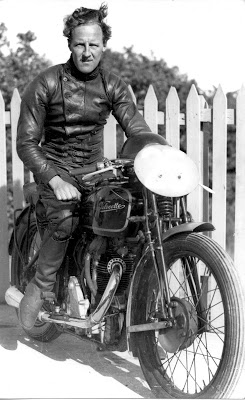
Development of the Mk6 seemed to continue, as a photo of Ernie Thomas mounted on a Mk.6 KTT in the 1937 Junior IOM TT seems to be Newman’s 1936 machine, now with a different type of seat. And as mentioned, the Archers, well-known Velocette agents, also rode a Mk.6 KTT in the 1937 TT. Obvious changes to the Mk6 includes the seat and fuel tank – the new “dual” seat (an industry first) was dubbed the ‘Loch Ness Monster’, and was introduced on factory racers in 1934, while the larger petrol tank was used on factory bikes starting at the ’36 TT. The rear wheel of Archer’s Mk.6 KTT has a conical hub fitted; this can only have come from a ‘Works’ racer, as such a hub wasn’t publicly available until the Mk.8 KTT appeared in April 1939.
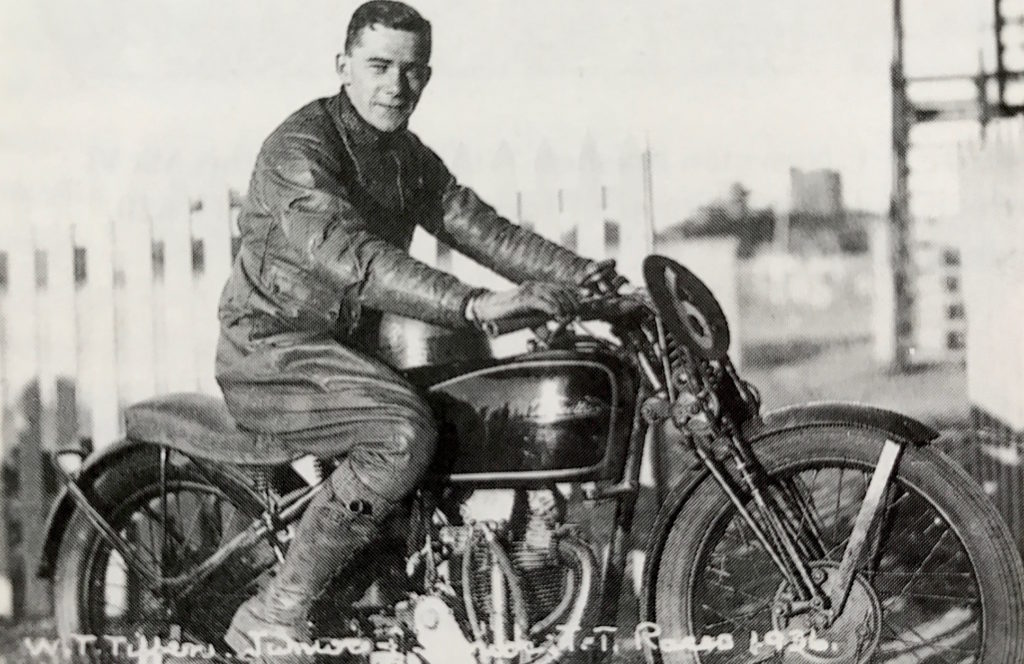
With reasonable results in the TT, why didn’t the Mk.6 continue into full production? Perhaps with the introduction of the massive square-finned alloy SOHC engine ( 10″ x 10″) to the factory bikes, and the subsequent improvement of lap times, Harold Willis felt this new all-alloy racing engine was the future. Stanley Woods was lapping over 1min.17secs. a lap faster than Ernie Thomas in the 1937 Junior TT, despite the development time spent on the Mk.6 during the intervening year – Thomas’s best time was only marginally better than Newman’s the year before. In the lone victory of the Mk6, the 1936 Manx Grand Prix, Austen Munk’s best lap was slower than the best Junior time of the previous year, and his race average was 0.1mph faster than Newman’s ’36 TT time.
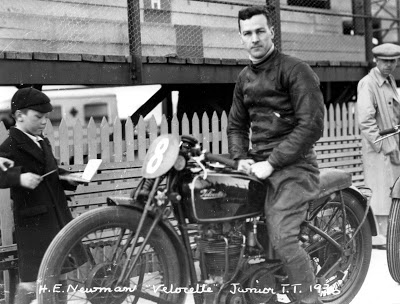
Why was the Mk6 so much slower than the Works bikes? A more detailed review of factory literature reveals a few drawings of parts for the Mk6 KTT: drawing KO2716 (part no. K27/16), is the piston, described on the drawing as for the KTT Mk.6; drawing KO2805 (part no. K28/5) is the connecting rod for the KTT Mk.6. Both give clues to the engine’s weak points. Inspection of a piston from a Mk.8 KTT (part no.K27/16) reveals it to be identical with the Mk6 piston drawing. A hard look at period photographs reveals the cylinder barrel of the Mk.6 KTT is the same alloy barrel of the Mk.7 and Mk.8 KTTs, making the Mk.6 in effect a Mk.7 engine type, but with a KSS Mk.2 cylinder head fitted. After testing in the TT and Manx GP in 1936 and 1937, plus a few Continental GPs (according to the late Bruce McNair’s conversations with Roger Loyer), the Mk.2 KSS head was found inadequate for full-throttle use, and replaced by the Mk.7/8 type with larger finning. These cylinder heads were nearly the same as the ‘Works’ 1937 cylinder heads, although only 9″ x 9″ square; the resultant machine was then offered to the public as the ‘Mk.7’ in 1938.
What was the problem of the KSS Mk2 cylinder head? The combustion chamber shape of the KSS head is virtually identical with the Mk.7 KTT head; the valve sizes are the same, but the inlet tract is a bit larger. Perhaps there was trouble with the coil valve springs inside the enclosed Mk.2 head, with the sustained high RPMs of racing generating more heat; the Mk7 KTT returned to ‘hairpin’ valve springs, which were subsequently used on all other Velocettes up until 1971! Perhaps Veloce had ‘learned their lesson’ and never trusted coil valve springs again? The relatively scanty finning on the Mk.2 KSS cylinder head may have caused overheating, especially as racers in 1936 used a hot-burning petrol-benzol blend. Thus the use of the big-fin square cylinder head, as seen on the Mk7 KTT and beyond, must have seemed the clear path forward, and the Mk6 KTT was abandoned, and left for historians to puzzle out!
Thanks to Dennis Quinlan for his exhaustive primary research!
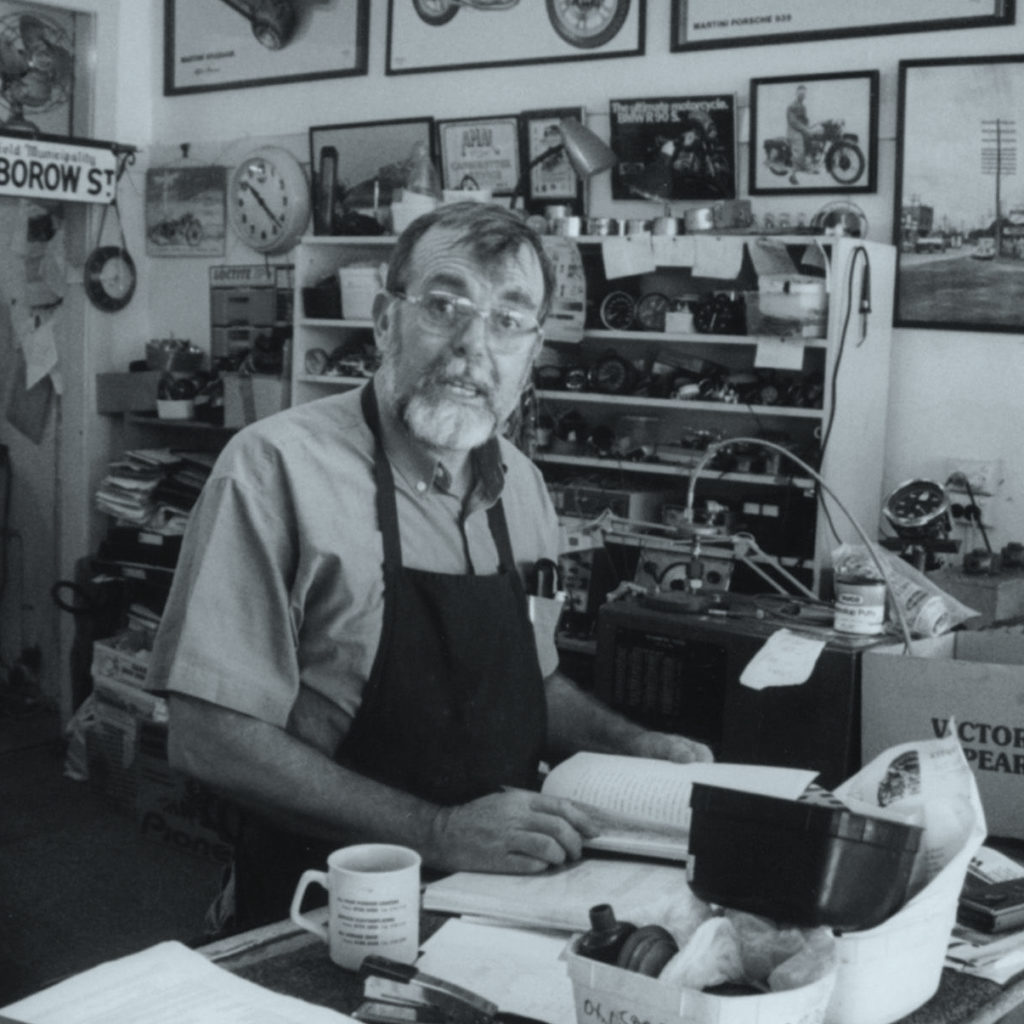

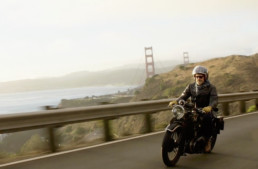

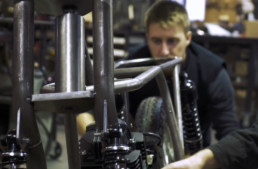
Have you ever talked to Ivan Rhodes on this matter.?
He is generally accepted as the Velo authority in the UK. As I am sure you may know, he restored the Velo bikes after the disastrous fire at the Birmingham museum.
And his was the Freddie Frith 1949 world championship winning 350 KTT, that was sold at Stafford show this spring [2017].
As a bonus, he too has a book on the subject.. “Excellence was expected”. But the real bonus is that he is the nicest, most approachable and welcoming man one is ever likely to meet. A jewel then.
As an aside, Billy Tiffen had the Velo/BSA dealership in my home town, and I used to attend ACU meetings with him in the later 1960’s where he sat as chairman. Another interesting character.
Thanks for this.. trust you are well and all is going well.
Regards
Bill FERRY
CARLISLE UK
I will try and add afilm for you, you may not be aware of. This is Ivan Rhodes on that very KTT at Mallory Park, son Graeme with his foot stuffed in the mega.!
https://www.youtube.com/watch?v=xf8l5Wsa1YU
Ivan Rhodes’ book is actually entitled ‘Velocette: Technical Excellence Exemplified’ – not an easy one to say or remember. It’s by far the best and most comprehensive work on Velocettes. He’s also the man who with his son reverse engineered the unique Roarer. He lives a few miles from me.
I’ve known Ivan for years, as has Dennis Quinlan. Dennis did the research on the Mk6 which revealed this story. I’ve been a member of the Velocette Owner’s Club of North America since 1987, and the President of the club 8 times, and have owned every ‘Mark’ of the KTT except, of course, the Mark 6! I still own 3 – a Mk1, Mk4, and Mk8.